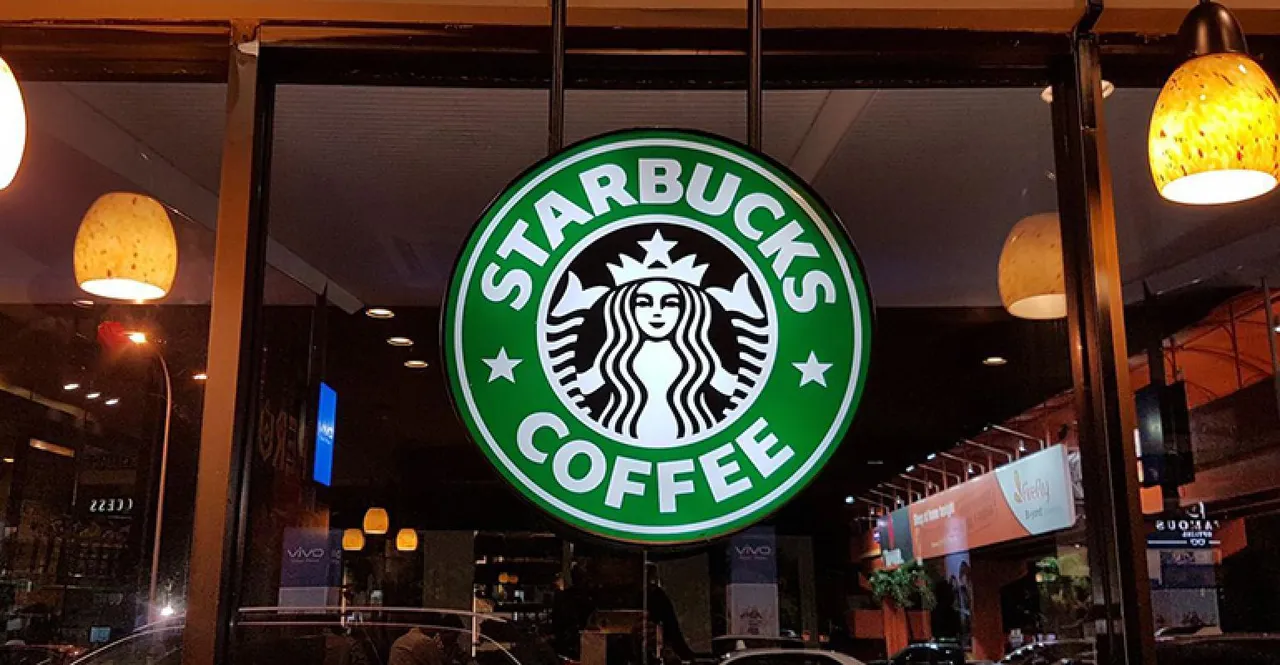UAC of Nigeria Plc has reported a 22.9% decline in profit-after-tax to ₦7.36 billion in H1 2025, down from ₦9.54 billion in H1 2024, as higher finance costs wiped out gains.
The Group delivered a 33% revenue increase to ₦110.41 billion, up from ₦83.25 billion, driven by growth across its business segments. Gross profit climbed 51% to ₦28.26 billion, while Cost of sales jumped 27% to ₦82.15 billion.
Operating profit surged 89% to ₦12.59 billion from ₦6.66 billion, buoyed by scaled operations and operational leverage. Management also benefited from non‑core gains, including ₦556.7 million from asset sales and ₦676 million in other income.
Also Read:
- UAC of Nigeria Sign Agreement to Acquire Chivita|Hollandia (CHI Limited) from Coca-Cola Company
- UAC of Nigeria Plc Names Obi James and Amina Muhtar to Board, Reaffirms Suzanne Iroche and…
- UAC Packaged Food and Beverages Segment Hits ₦58 Billion Revenue, Launches Four New Products
- United Capital Reports 57% Surge in Q2 2025 Revenue, PBT Hits ₦13.8bn
Selling & distribution costs rose 37% to ₦7.02 billion amid expanded logistics and marketing spend, while administrative expenses climbed 30% to ₦9.99 billion, driven by staff, energy, IT upgrades, and legal fees.
Net finance cost swung to a ₦3.62 billion expense versus ₦7.82 billion finance income in H1 2024. This reversal stemmed from diminished FX gains (from ₦9.37 billion to ₦78.4 million) and more than double interest expense (₦6.18 billion), tied to elevated debt levels and borrowing costs
Packaged Food & Beverages led with ₦6.94 billion profit before tax, followed by Paints at ₦3.78 billion. Quick Service Restaurants (QSR) posted a ₦779 million pre‑tax loss.
Earnings per share dropped from 304 to 238 kobo.
Total assets rose marginally from ₦157.7 to ₦161.5 billion, and retained earnings grew 10.8% to ₦53.17 billion, boosting equity to ₦72.76 billion from ₦66.41 billion.
UAC’s share price closed at ₦73, its 52‑week high, delivering a year‑to‑date gain of over 102%, reflecting sustained investor optimism in the company’s long‑term growth potential
Despite strong revenue growth and improved gross and operating margins, UAC’s H1 2025 earnings took a hit from rising finance costs and operating expenses. Segment profitability remains solid across key businesses, though cost pressures and borrowing costs trimmed overall profit and EPS.






















